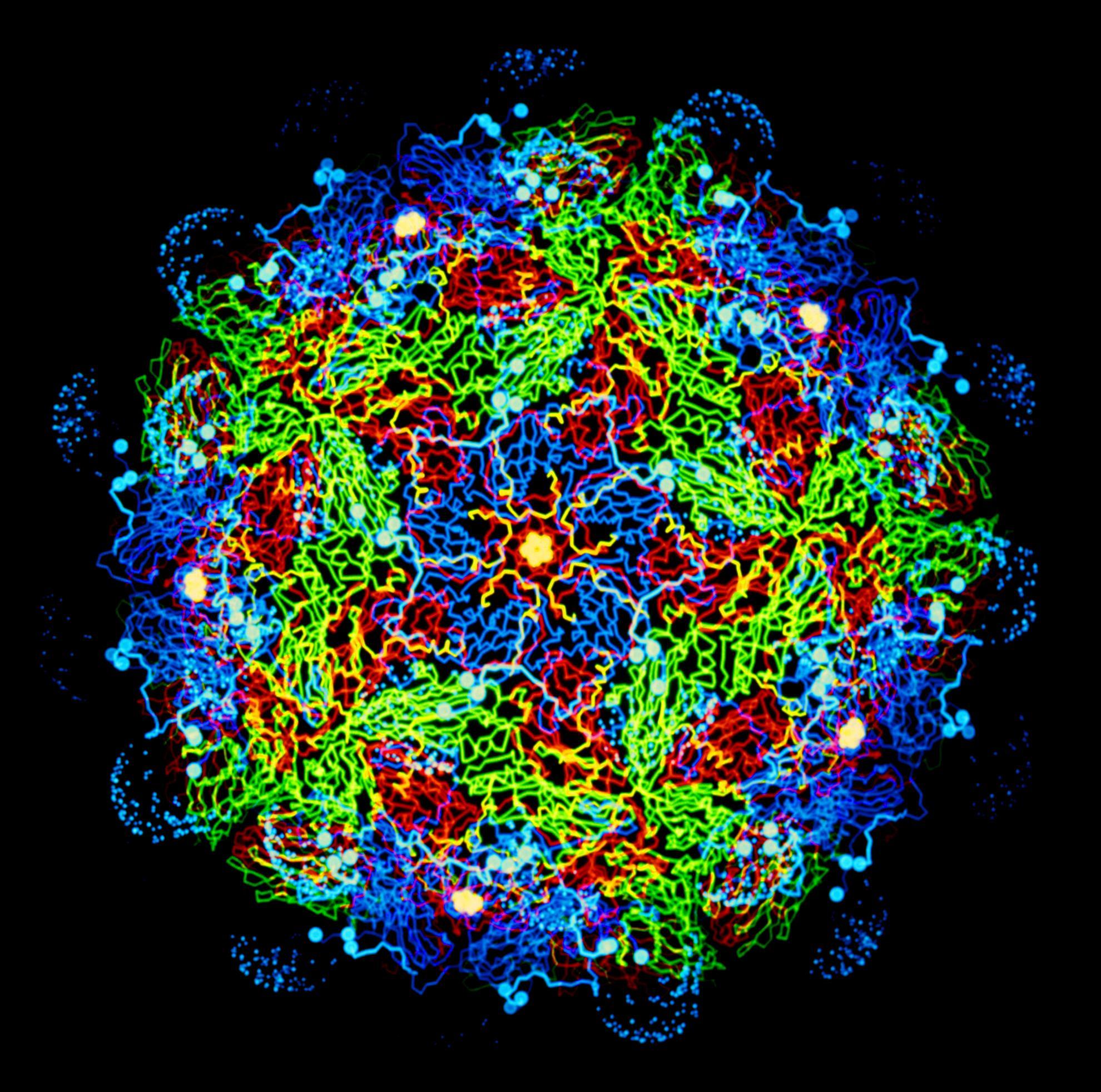Airborne spread of foot-and-mouth disease model intercomparison
Foot-and-mouth disease virus (FMDV) spreads by direct contact between animals, by animal products (milk, meat and semen), by mechanical transfer on people or fomites and by the airborne route, with the relative importance of each mechanism depending on the particular outbreak characteristics. Atmospheric dispersion models have been developed to assess airborne spread of FMDV in a number of countries, including the UK, Denmark, Australia, New Zealand, USA and Canada. These models were compared at a Workshop hosted by the Institute for Animal Health/Met Office in 2008. Each modeller was provided with data relating to the 1967 outbreak of FMD in Hampshire, UK, and asked to predict the spread of FMDV by the airborne route. A number of key issues emerged from the Workshop and subsequent modelling work: (1) in general all models predicted similar directions for livestock at risk, with much of the remaining differences strongly related to differences in the meteorological data used; (2) determination of an accurate sequence of events on the infected premises is highly important, especially if the meteorological conditions vary substantially during the virus emission period; (3) differences in assumptions made about virus release, environmental fate and susceptibility to airborne infection can substantially modify the size and location of the downwind risk area. All of the atmospheric dispersion models compared at the Workshop can be used to assess windborne spread of FMDV and provide scientific advice to those responsible for making control and eradication decisions in the event of an outbreak of disease.
Back to publications
Publication
Contributors
Gloster J, Jones A, Redington A, Burgin L, Sorensen J H, Turner R, Dillon M, Hullinger P, Simpson M, Astrup P, Garner G, Stewart P, D'Amours R, Sellers R, Paton D
Year
2010
Journal
Veterinary Journal
Volume
183
Issue
3
Pages
278-286
Altmetric details
Associated groups

